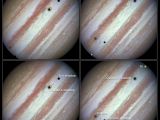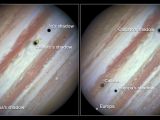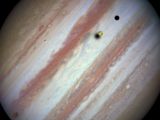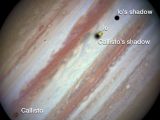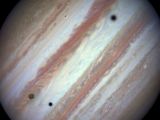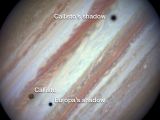Just yesterday, astronomers released a series of images documenting a rather rare event. The images, included in the gallery below, were obtained with the help of the NASA/ESA Hubble Space Telescope and show three of Jupiter's moons parading across the planet's surface.
The moons, identified as Europa, Callisto and Io, are three of Jupiter's largest. Because they were discovered by 17th century scientist Galileo Galilei, they are sometimes referred to as Galilean satellites. Jupiter's moon Ganymede, which is not included in these images, is a Galilean satellite as well.
Astronomers say that it seldom happens for this many large moons to be seen moving across the surface of Jupiter at the same time. In fact, such occurrences are as rare as one or two a decade. Hence the popularity of the images taken by Hubble this past January 23.
As noticeable from this series of Hubble Space Telescope images, Europa, Callisto and Io look very different from one another. Whereas Europa appears yellow-white because of its icy surface, Io looks orange. This is because it has a volcanic sulphur surface. Callisto, on the other hand, looks brown.
Scientists say that, to obtain these stunning space images, the Hubble Space Telescope used its Wide Field Camera 3. Interestingly enough, they go on to explain that, because of how big Jupiter and some of its moons are, we regular folks can too have a look at these celestial bodies using just a small telescope.
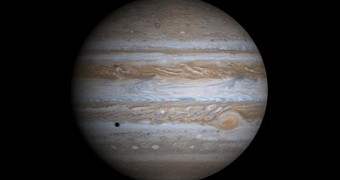
 14 DAY TRIAL //
14 DAY TRIAL // 
